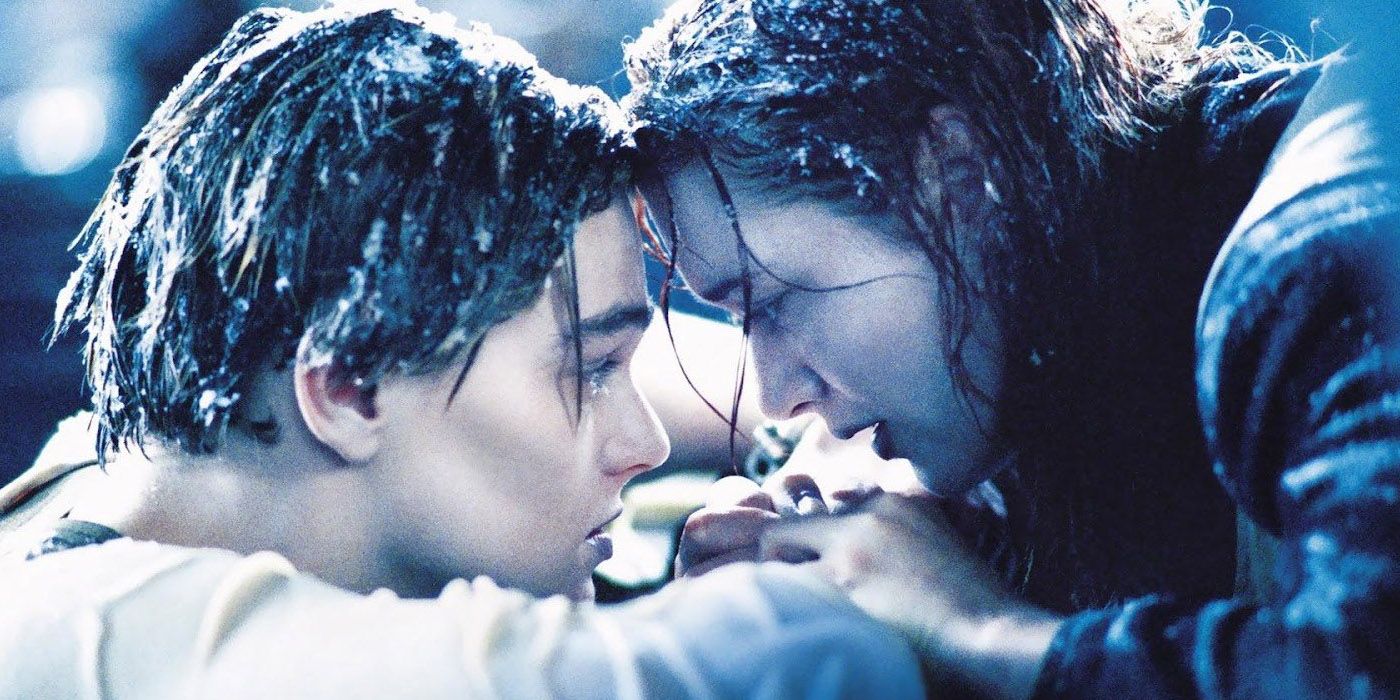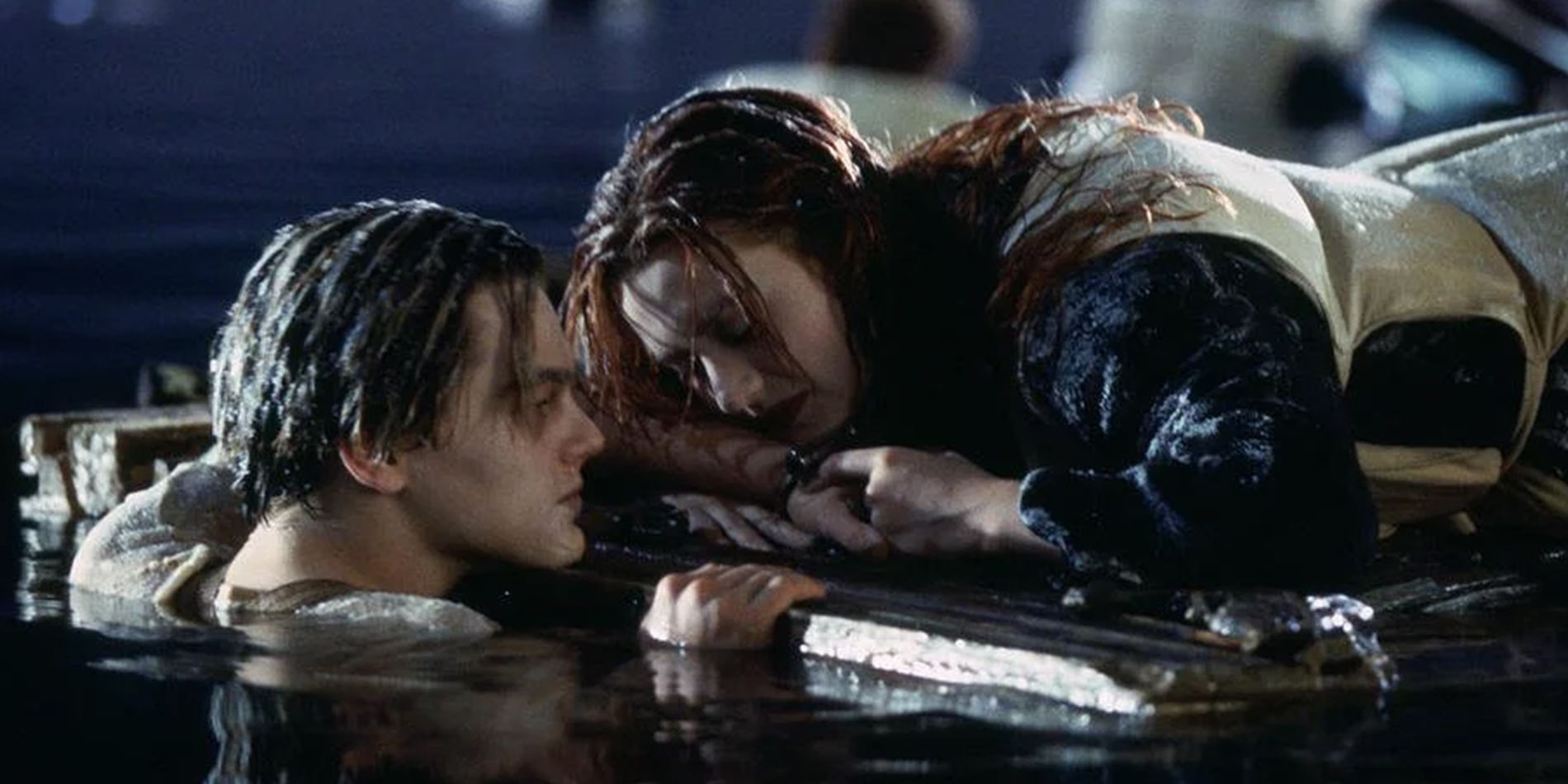National Geographic's new television special Titanic: 25 Years Later with James Cameron uses scientific testing to prove that Leonardo DiCaprio's character could have survived the sinking of the Titanic. Released in 1997, the film centered on the relationship of poor artist Jack Dawson (DiCaprio) and 17-year-old Rose DeWitt Bukater (Kate Winslet) set against the 1912 sinking of the RMS Titanic. The movie was met with universal praise and initially pulled in nearly $2 billion at the box office, making Titanic the highest-grossing movie of all time. The film's tragic ending is famously controversial, as Rose survives on a floating piece of debris while Jack stays in the frigid water and dies.
In National Geographic's new television special, Titanic: 25 Years Later with James Cameron (via GMA), the director uses scientific testing to prove there are some scenarios where Rose and Jack could have both survived on the wooden paneling from the sunken Titanic. Check out the video below:
The video shows how Cameron's experiments used two stunt performers as Jack and Rose in four different situations to see if the pair could have actually survived the ocean until lifeboats arrived. Although the first test resulted in Jack dying, two remaining experiments shown found that Jack could have lived long enough to be rescued. However, Cameron believes that Jack would never have attempted to reposition himself in the first place, concluding:
Jack might've lived. But there's a lot of variables. I think his thought process was, ‘I’m not going to do one thing that jeopardizes her,’ and that’s 100 percent in character.
Jack Could Have Survived Theory Remains An Ongoing Debate
In the years following Titanic's release, there continue to be arguments whether Jack and Rose could have survived with both of them floating on the paneling. The wooden piece appears wide enough for both of them, however, when Jack attempts to join Rose, the raft nearly topples over. Instead of risking Rose's life, Jack stays in the freezing cold ocean, sacrificing himself.
Cameron and the actors involved in the memorable Titanic scene are frequently asked for their opinions about the outcome. Originally thought to be a door, Cameron recently clarified that the piece of debris was actually paneling from the first-class lounge of the ship. When DiCaprio was posed with the question of Jack's survival, the actor refused to give a definitive answer, while Winslet believes there was no chance for Rose to live if Jack managed to get on board.
Regardless of the way the cast, filmmakers, and audiences feel, the experiments depicted in National Geographic's upcoming Titanic special indicate that there was a chance for both Jack and Rose to make it out of the infamous disaster alive. However, Cameron's comments prove that even if Jack thought there was a chance to survive, he still would not have attempted to board the paneling if it put Rose's life at risk. The filmmaker indicates that the debate is not solely one of logistics, but also of character. As soon as Jack saw the debris start to shift dangerously under his weight, he already made up his mind to give his life to save the one he loved.
Source: GMA


